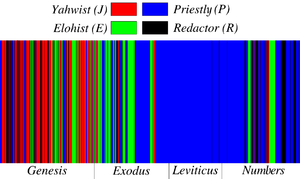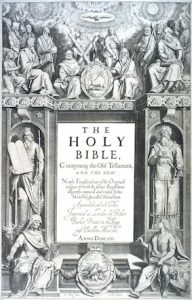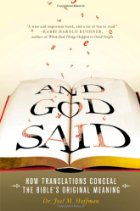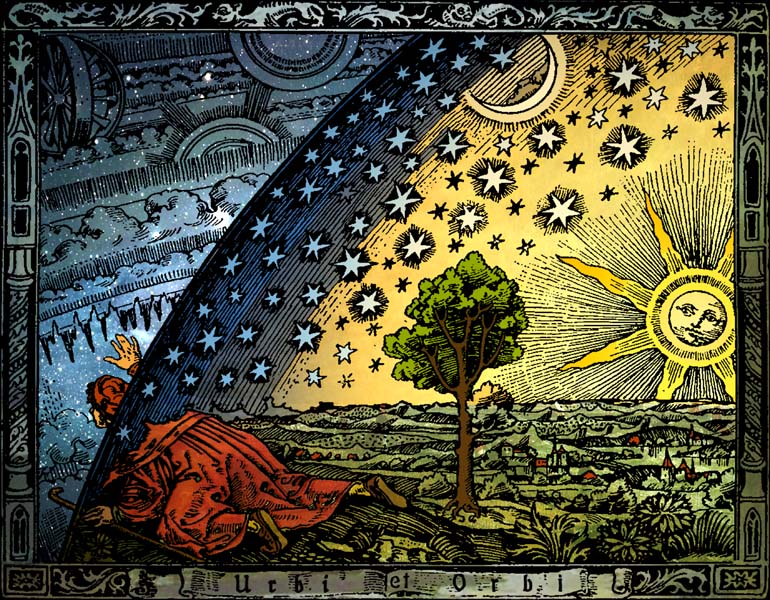
What does one make of the two opposing accounts of the creation of humans in Genesis 1 and Genesis 2?
In Genesis 1 God manages to fit in the making of the first man and woman — “in his own image”! — just at the close of the last day of creation. Gary Greenberg suggests that this concept of a male and female being made in the image of a single God is borrowed from Egypt’s hermaphroditic deities.
But the very next chapter (i.e. 2!) presents a quite different view of the creation of our species. Dr McGrath has posted a quite nice chart highlighting both the similarities and the contrasts of the two creations. But let me draw attention to a point that is not so immediately clear in this quite nice chart. In Genesis 1 all the animals are created before the man and the man (and woman) is created as an afterthought at the end of the day. In Genesis 2 Adam is created before all other animals.
What is going on here? I would like to go on beyond Dr McGrath’s interests in these conflicting accounts, however, and ask how we might account for them appearing as they do as the first two chapters of our Bible. (Dr McGrath in his blog post only addresses grist for his anti-creationist mill. But creationists can come and go and it is nothing notable to expose the flaws of one who has never learned to question his or her faith. I am more interested in explaining what we do have as our religious and cultural heritage.)
I’ll introduce my post by pasting here the comment I left on Dr McGrath’s blog (slightly edited).
Jan-Wim Wesselius’s “The Origin of the History of Israel: Herodotus’s Histories as Blueprint for the First Books of the Bible” discusses such adjacent accounts that give variant explanations for events from the perspective of comparison with “Histories” by Herodotus. The most obvious difference between the two works (Histories and Primary History – i.e. Genesis to 2 Kings) is that the Greek work is structured around an intrusive narrator (who is himself a character in the work, and not the real author — I have discussed some of the scholarship about this on my own blog over the years) while the Primary History of the Hebrews is an exercise in studied anonymity. Bernard Levinson in “Deuteronomy and the Hermeneutics of Legal Innovation” offers us a plausible explanation for this contrasting anonymity.
But the point is that two contrasting accounts are often found side by side in the Primary History and that this is consistent with Hellenistic historiographical practices — with the only difference being the intrusion/absence of a narrator’s voice.
In this case, given the parallelisms, we are also faced with the strong likelihood that we are not looking at independent traditions that somehow were forced together, but at a single authorial creator behind them both. This is consistent with more recent studies (albeit admittedly minority ones at this point) that do argue that Primary History is, after all and just as Spinoza himself originally opined, the work of a single author. That it is also the product of Hellenistic times is the solutions Mr Ockham would like best, too.
Let’s look at Dr Wesselius’s treatment of the conflicting creation-of-humans accounts: Continue reading “Explaining (?) the Contradictory Genesis Accounts of the Creation of Adam and Eve”








 Niels Peter Lemche has a chapter in Lester Grabbe’s
Niels Peter Lemche has a chapter in Lester Grabbe’s 